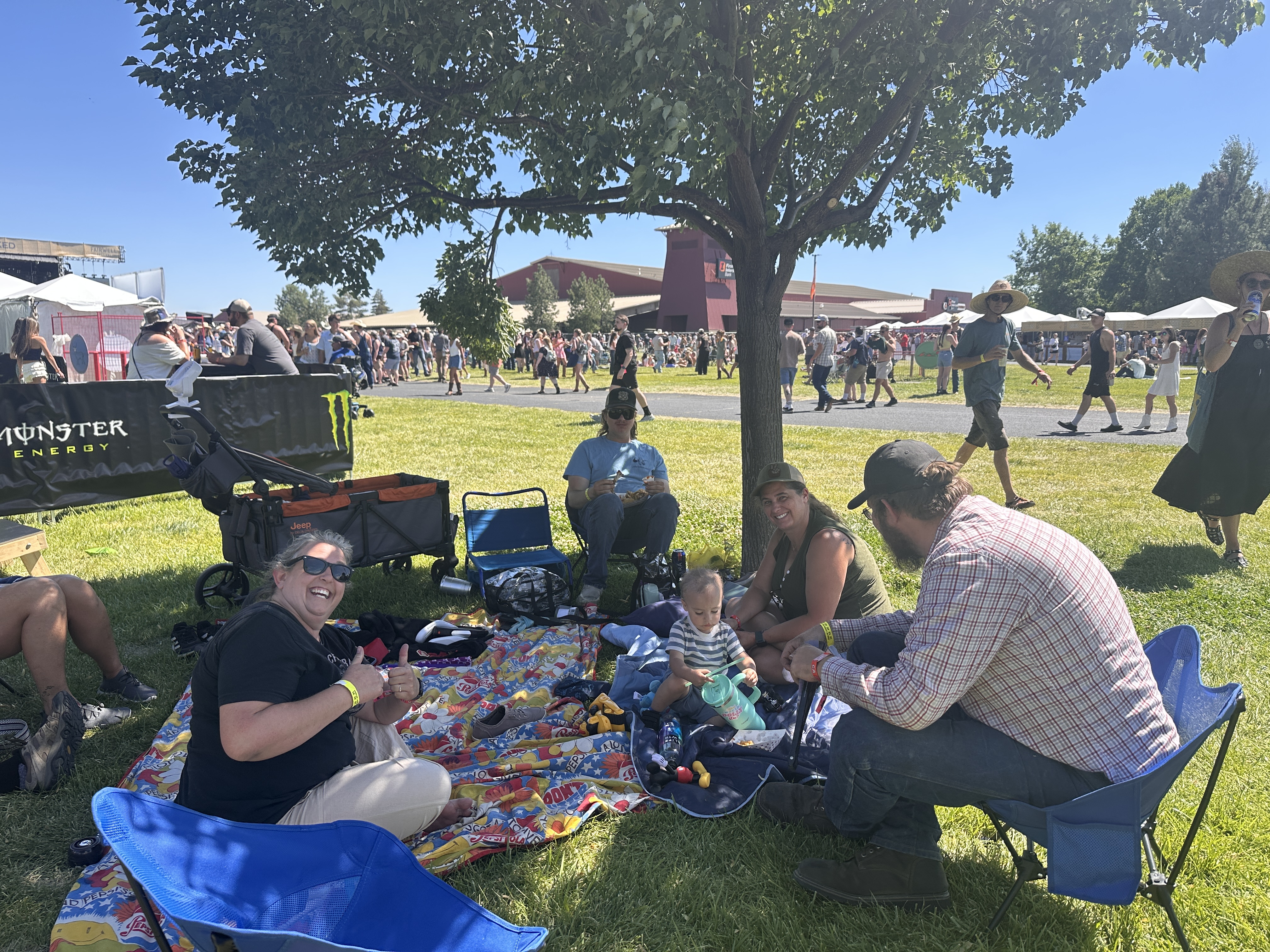Ready for a run?
Published 12:00 am Wednesday, February 15, 2017

- Gaudette
I know it is a bit early to talk about running outdoors, but my weather program does say there are 50-degree days.
Trending
Running is a popular and accessible exercise medium that requires minimal “additional purchases.” Running is an effective way to maintain health but comes with a high risk of injury. Almost half of all runners report an injury once a year, with 79 percent of injuries occurring in the lower body. This problem is compounded when runners are forced to taking months off during inclement weather.
The lower-body injuries runners experience most often are plantar fasciitis, Achilles tendinitis, “runner’s knee” and IT band syndrome. These conditions can also be compounded by an overuse syndrome if you run over 20 miles a week. Although you can simply throw on a pair of shoes, shorts and a top, open your door and go, the biomechanics of running are actually very complex and affect more than the legs.
While running, your body moves in three planes of motion: side to side, rotation and forward and backward. The body has to overcome gravity and absorb the shock of the ground, needing to dissipate the forces of hitting the ground through the entire body. This affects the soft tissues: muscles, tendons and ligaments. Probably one of the most overlooked motions for runners is the rotation that must occur in the torso over the hips, including the arm swing.
Trending
Keeping the body flexible and strong during the running season and the winter months is a must for decreasing severity or preventing injuries. If you are a runner or even a walker, incorporate some of these stretches into your pre- and post-running routine.
No house is sound without a good foundation; the foundation of runners is the ankle. Use a foam roller or a tennis ball to massage the muscles on the outside of the shin and towards the back of the calf. Stretch the ankle by placing the toes against a wall with the foot flat on floor, keeping the toes up and the foot down, gently rotate ankle slowly to the right and left. The muscles around the hips and the back will help rotate the torso on the hips for a proper gait. Massaging these muscles with a foam roller before stretching may help. Sit on the floor, erect with right leg straight and left leg crossed over with the left foot near the right knee. Wrap and hold the left leg with the right arm and rotate the torso to the left, holding for 30 seconds and reverse sides.
Perform your favorite hip flexor/quadriceps and hamstring stretch, rotating the torso in the direction of the leg that is being stretched. Standing erect with arms slightly away from sides, angle toes towards each other (pigeon toed) and perform gentle torso rotations, repeat turning toes away from center (duck walk). Yoga stretches that incorporate torso rotation and calisthenic movements like lunges where rotation is added are excellent conditioning movements, as well.
The primary goal aside from injury prevention is to enable and train the body to follow movement patterns that are proper. When muscle systems work as they are supposed to, the body moves with ease and fluid motion, transfers stress easier and the risk for injury is reduced.
— Robin Gaudette is the aquatics wellness coordinator at the Redmond Area Park and Recreation District. Contact her at robin.gaudette@raprd.org.








